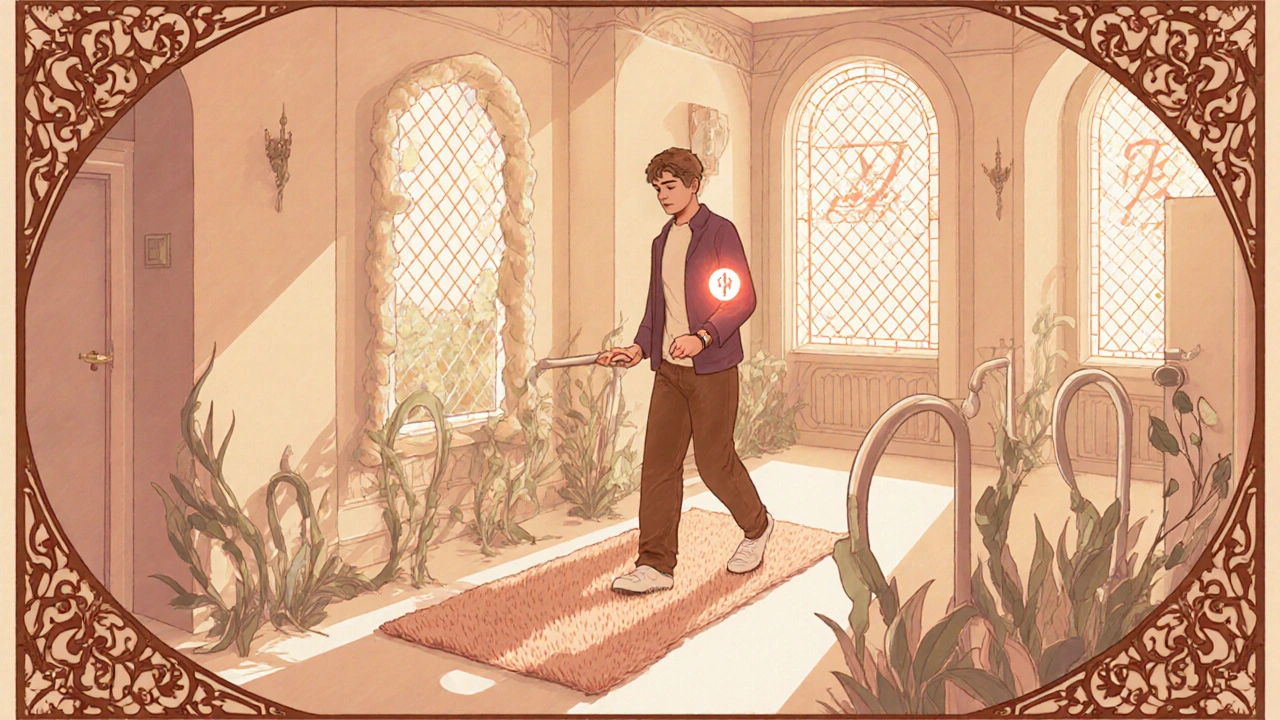Postictal Symptoms: What Happens After a Seizure and How to Respond
When a seizure ends, the brain doesn’t just snap back to normal. What follows is the postictal state, the period of recovery after a seizure where the brain resets itself. Also known as post-seizure phase, it’s when confusion, fatigue, or even temporary paralysis can show up—no two people experience it the same way. This isn’t just ‘being tired.’ It’s your nervous system catching its breath after a storm.
Common postictal symptoms, the physical and mental changes that follow a seizure include extreme tiredness, headache, muscle soreness, confusion, trouble speaking, and sometimes temporary weakness on one side of the body. Some people cry, feel angry, or just want to be left alone. Others might sleep for hours. These aren’t side effects of medication—they’re the brain’s natural response to the electrical overload. If someone has a seizure and then doesn’t respond for 5–10 minutes after it stops, that’s the postictal phase, the recovery window that can last minutes to hours. It’s not a second seizure. It’s recovery.
Knowing what to expect helps you act faster. If you’re with someone who just had a seizure, don’t shake them, don’t give them water or pills yet, and don’t try to force them to sit up. Keep them safe. Turn them gently on their side if they’re lying down. Time the seizure. If it lasts more than 5 minutes, or if they don’t wake up after 10 minutes of quiet recovery, call emergency services. Most people bounce back on their own, but the risk of another seizure or breathing trouble doesn’t disappear right away.
What’s often missed is how long these symptoms can stick around. For some, confusion lasts an hour. For others, it’s a full day before they feel like themselves again. Memory gaps are common—you might not remember the seizure, or even the 30 minutes before it. That’s normal. But if someone keeps having trouble walking, talking, or thinking hours later, that’s not just postictal—it could be something else needing medical attention.
And while epilepsy, a neurological condition marked by recurring seizures is the most common reason people experience this, it’s not the only one. Head injuries, low blood sugar, drug withdrawal, or even extreme stress can trigger seizures and lead to similar aftereffects. That’s why tracking these symptoms matters—not just for diagnosis, but for safety.
What you’ll find in the posts below isn’t just theory. It’s real-life advice from people who’ve lived through this, and experts who’ve studied it. You’ll see how to recognize dangerous signs, what to tell your doctor when symptoms don’t fade, how to help someone recover safely at home, and why some people need monitoring long after the seizure ends. This isn’t about memorizing medical terms. It’s about knowing what to do when it matters most—when someone you care about just came back from the edge.

How Tonic-Clonic Seizures Affect Everyday Life
Caspian Mortensen Oct, 20 2025 10Explore how tonic-clonic seizures affect daily living and discover practical strategies to manage physical, cognitive, emotional, and social challenges.
More Detail